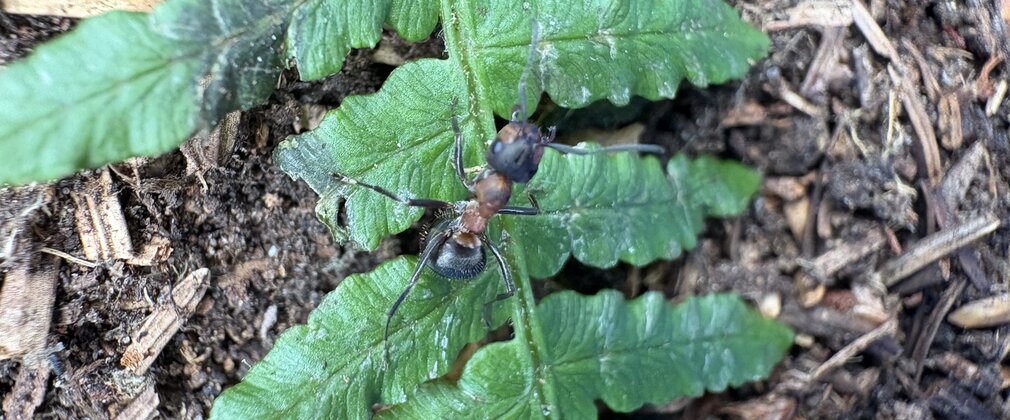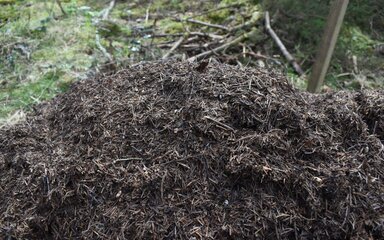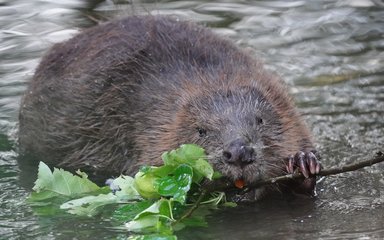
Hairy wood ants have been carefully moved from Cropton Forest in North Yorkshire to Ennerdale in Cumbria in an innovative translocation trial. Six ant nests – each containing thousands of insects – were relocated as part of a wider effort to restore woodland wildlife and build climate resilience into the nation’s forests.
This trial is part of our long-term vision here at Forestry England to restore complex ecosystems and help species thrive. The project explores new methods of restoring lost species and ecological function, especially in landscapes where these ants are currently absent.
Small insects with a big job
Hairy wood ants might be tiny, but they play a huge role in the life of the forest. They build large mound-shaped nests out of pine needles and items from the forest floor, which can be up to two metres high. These nests then become homes for over 100 other creatures, including beetles, hoverflies, and even other types of ant.
Hairy wood ants help recycle nutrients in the soil, protect trees from pests, and change the mix of other insects living nearby. All of this makes them what scientists call ‘ecosystem engineers’ – animals that help shape the environment around them.
Translocation in two stages
The trial involved moving the ants in two phases. In May 2025, an expert Forestry England team moved six small, complete nests from Cropton Forest to Ennerdale. In the latest phase, they carefully moved portions of six larger nests, allowing the remaining ants in Cropton Forest to recover and re-establish their homes.
Early results have been promising. The ants began settling in at Ennerdale immediately, moving their pupae to safety and quickly spreading out to explore their new surroundings. New nests were observed forming just metres from the translocated ones – a sign that the colonies are adapting well.
Our experts will closely monitor how both the new colonies and the original nest sites develop, with the next big milestone coming in spring 2026 when the ants emerge from hibernation.

Why move the ants?
Hairy wood ants only spread about five metres a year, meaning they aren’t great at moving to new places on their own. But scientists from the University of York have found that some forests, including Cropton Forest, have strong, healthy ant populations that are well-connected to nearby woodlands. This means there’s a good supply of ants in these locations, and some can be moved without harming the overall number.
In contrast, Wild Ennerdale had no hairy wood ants at all. By giving our ants a helping hand in translocating, we hope to bring more natural balance back to this landscape and encourage a wider mix of wildlife over time.
Backed by science
Experts at the University of York helped pick the new site at Ennerdale using scientific models that show where the ants were most likely to do well. In autumn 2025, a PhD student will begin studying how the ants are affecting the forest around them, giving us a deeper understanding of how nature works together.
All the information from this project will be shared publicly so that other nature organisations can learn from the trial. It’s all part of our wider work at Forestry England to explore new ways of restoring woodlands – from the soil under our feet to the treetops above.



